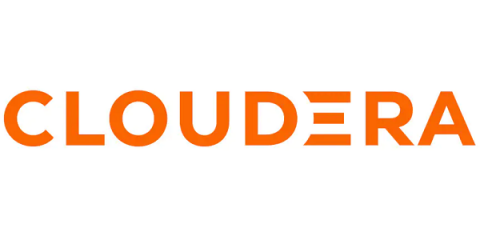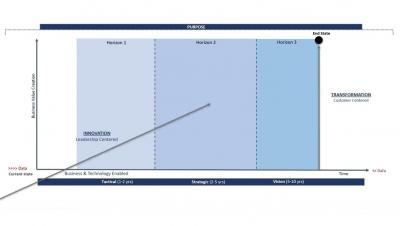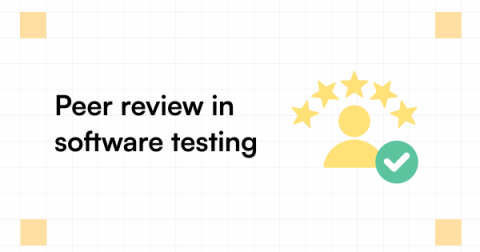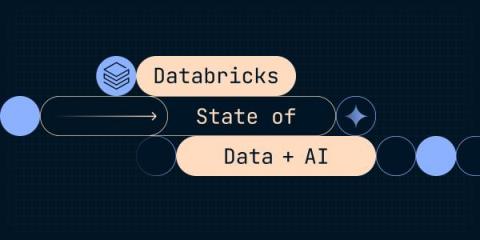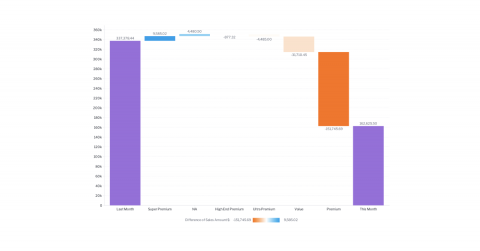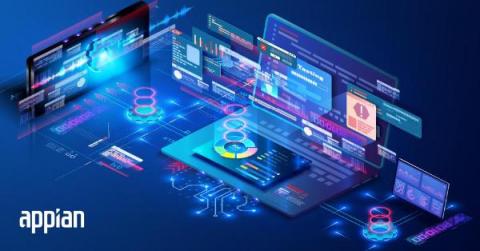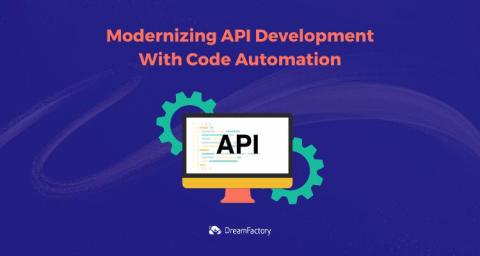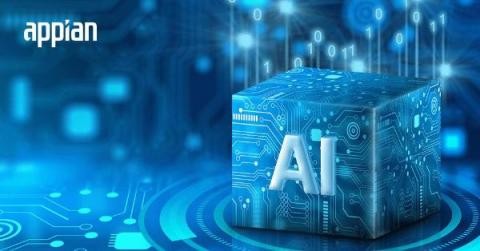Beyond Monitoring: Introducing Cloudera Observability
Increased costs and wasted resources are on the rise as software systems have moved from monolithic applications to distributed, service-oriented architectures. As a result, over the past few years, interest in observability has seen a marked rise. Observability, borrowed from its control theory context, has found a real sweet spot for organizations looking to answer the question “why,” that monitoring alone is unable to answer.


